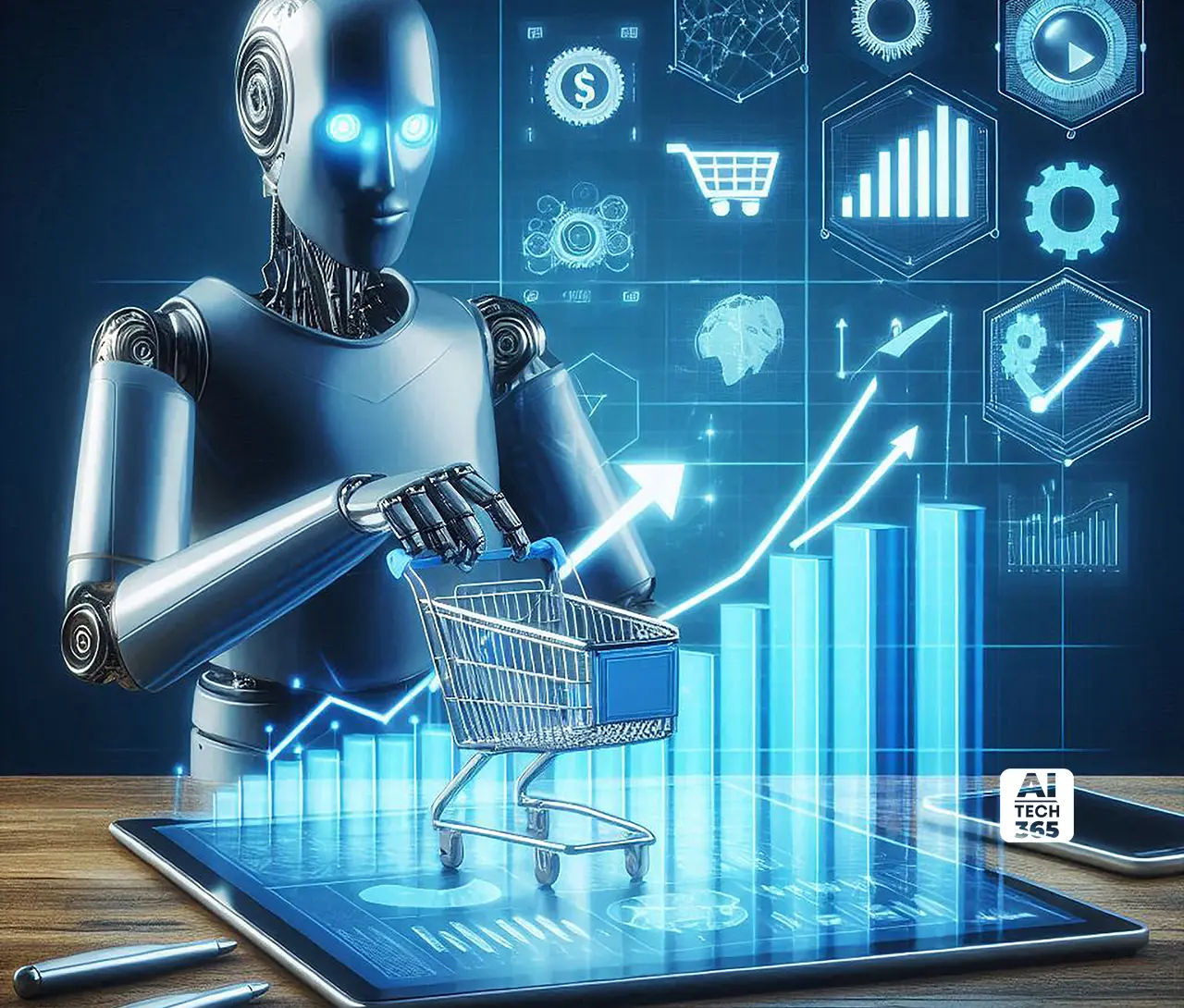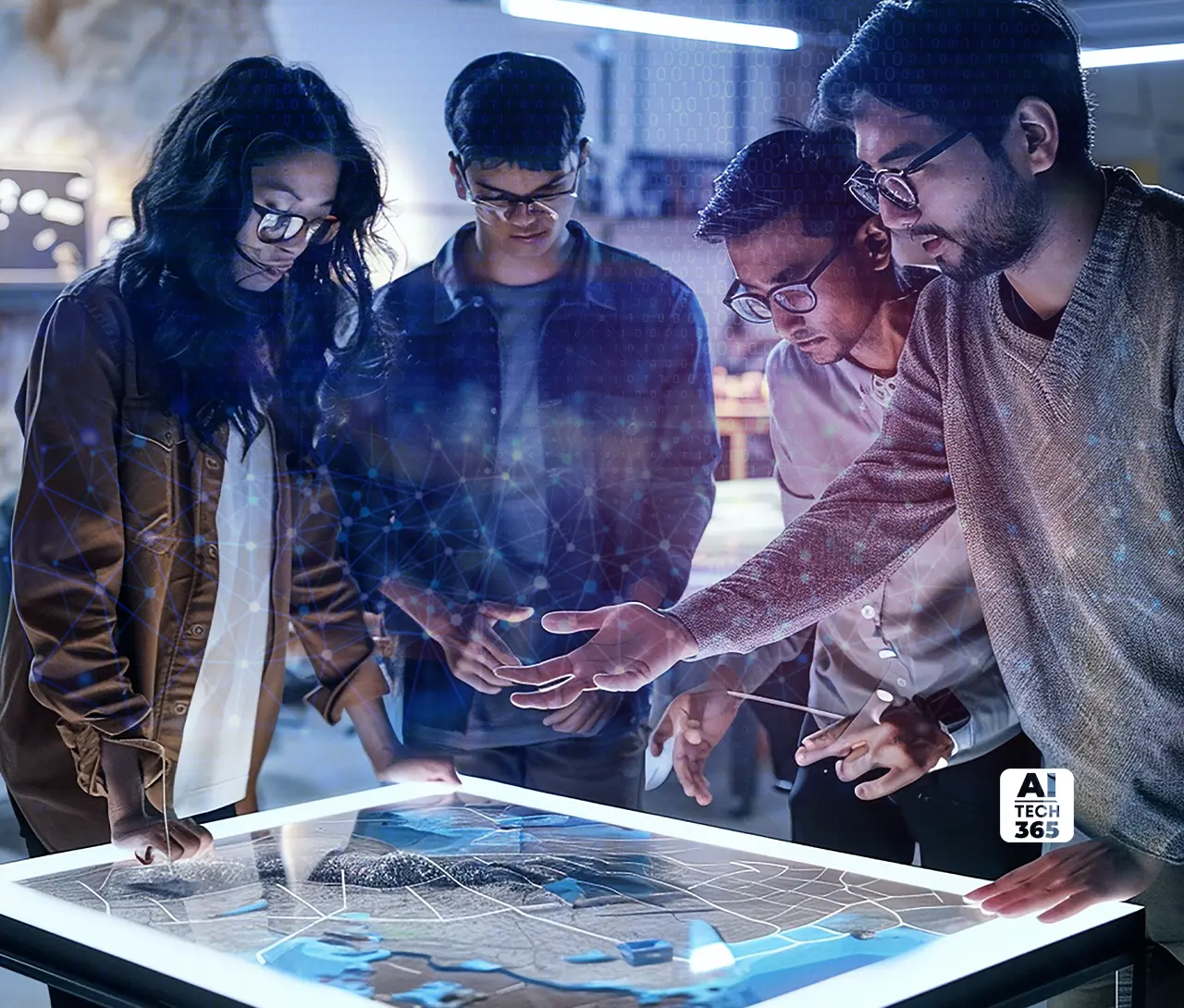Imagine that an invention is responsible for preparing a new campaign for you, foretelling customers’ demands, and producing lots of versions even before you have your morning coffee. It appears to be a fairy tale, but this is the marketing of the day. Generative AI is everywhere, raising the question marketers cannot ignore: AI vs Human creativity, which side drives better results, or can they actually work together? This isn’t just about speed or efficiency. These are the campaigns that really link, delight, and make a mark. The big test is to determine how people and machines can cooperate to make marketing more intelligent, quicker, and more significant than ever.
Understanding the Players in AI vs Human Creativity
Today’s marketing landscape is a war zone characterized by the collision of fast-paced practices and soul. The role of AI has been significant in dominating over the human counterparts in all ways: it has the ability to produce huge volumes of text, personalize messages for a vast audience, and detect trends in no time which would take human labor weeks to spot. It can also very rapidly run tests on various layouts, canvas messages on an ongoing basis, and process vast amounts of data in no time. But there’s a ‘but’ involved here. AI cannot feel, it cannot understand irony, and it cannot invent something truly new. It’s brilliant at what has already happened but clueless when it comes to human insight.
Humans, on the other hand, bring the messy, unpredictable magic. We sense emotions, read cultural signals, and connect ideas in ways no algorithm can. Strategic vision, empathy, and breakthrough creativity live here. The downside? We tire, we miss data points, and we cannot scale like a machine.
Salesforce’s 2025 report says 75 percent of marketers are experimenting with or fully using AI, and those who go all in are 2.5 times more likely to see results. That number isn’t just a stat; it’s a warning and an invitation. The future isn’t AI replacing humans or humans ignoring AI. It’s knowing where each belongs, letting AI handle the grind while humans do the imagining. When you play your strengths right, marketing can be both faster and more human than ever.
Also Read: How AI Storytelling is Revolutionizing marketing in 2025
The MarTech Battlegrounds Where AI and Humans Collide
Marketing today isn’t just tools versus talent. The place is where the creativity of AI and the creativity of humans join, fight, and at times, make magic together. The war here is quite real, and it is fought through content, personalization and strategy.
AI does the heavy lifting in the case of content and storytelling. It prepares drafts, makes adjustments for search, and in no time, can turn one article into several social media posts, emails, or ads. This kind of rapid-fire operation is a real game-changer. Adobe’s 2025 report even says most marketing leaders see AI boosting content output dramatically. But speed alone doesn’t make content memorable. Humans bring voice, emotion, and perspective. The twists, the narrative arcs, the moments that stick; those are human moves. Without them, content is fast but forgettable.
When it comes to personalization and the customer experience, AI works like a precision machine. It predicts next actions, delivers dynamic ads, and slices audiences into tiny segments. HubSpot’s 2025 research shows that 65% of marketing leaders are planning to invest even more in AI this year. Yet humans decide the journey. We shape experiences so they feel thoughtful, not manipulative. We draw ethical lines, balance personalization with privacy, and make sure the experience resonates.
Strategic campaign planning is still human territory. AI spots trends and gaps in the market, but it cannot take creative risks or connect ideas across cultures in unexpected ways. That final leap? The spark that makes a campaign memorable comes from humans.
The takeaway is simple: AI delivers speed, scale, and insight. Humans bring empathy, intuition, and bold moves. Alone, each has limits. Together, they can make marketing smarter, faster, and far more human.
The Winning Model Human-AI Symbiosis
If marketing has taught us anything, it’s that speed without insight is empty, and creativity without scale is wasted. The sweet spot lies in a hybrid approach where humans and AI each play to their strengths.
Humans take on three new roles in this model. First, the curator. This is the person who steers AI output so it stays true to the brand voice, the values, and the tone that makes the message resonate. Second, the strategist. They define objectives, ask the right questions, and frame the problem in ways AI can meaningfully contribute. Finally, the editor. This role is about the final filter in making sure the output feels human, culturally sensitive, and ethically sound. Without these roles, AI risks becoming a fast but hollow machine.
The A-C-E framework puts this collaboration into action. Align comes first: humans set the goals, the emotional tone, and the boundaries. Then Create: AI generates multiple variations at scale, drawing insights from patterns and data that humans alone could never process. Finally, Empathize & Edit: humans sift through AI’s output, bringing judgment, empathy, and cultural nuance to shape the content that truly lands.
This is more than theory. IBM’s 2025 report shows that 71 percent of CMOs say AI’s success depends more on human buy-in than the technology itself. That is the proof point where tools are only as good as the humans guiding them. When humans lead and AI amplifies, campaigns don’t just perform; they resonate, surprise, and scale all at once.
The hybrid model isn’t a compromise. It’s the future of marketing where speed meets soul, data meets insight, and automation meets imagination. Those who master this symbiosis will define the next era of creativity.
Ethical & Future-Proof Marketing
AI is, indeed, powerful, but it is no neutral party. The algorithms mirror the data they learn from, thus bias might silently come into the picture in targeting, messaging, and even creative decisions. Deepfakes and manipulations are the major risks involved. Brands might, by accident, distribute content that is unfair, misleading, or just plain harmful without any human supervision. This is the reason that humans must examine AI’s outputs, look for biases, and make decisions that are beyond the capacity of computers.
Trust comes from accountability. Customers can tell when a service is machine-operated or not very friendly. A marketing campaign gets to be trustworthy when there is a person who has supported it, reviewed it, and made sure it is in line with the company’s principles. Generative AI is already a big part of marketing. Deloitte’s September 2025 report shows that 58 percent of people surveyed have used tools like ChatGPT or Google Gemini. That is a lot of adoption, and it makes human supervision critical.
Brands that combine AI efficiency with human judgment do more than save time or scale content. They guard their image, take moral decisions, and produce relatable promotions. The marketers who realize that AI can extend their influence but people give it significance are the ones who will conquer the future.
The Final Verdict
AI has a speed, power, and outstanding data skills, but it does not have any feelings, thoughts, or awareness of people’s needs. On the other hand, humans possess intuition, empathy, and the creative power to produce unforgettable things, but then again, they get exhausted, overlook some facts, and cannot perform in great numbers as machines do. Alone, both fall short.
The real advantage comes when they work together. People determine the course, pose the correct inquiries, and consequence the result. The heck of AI doing the hard work, processing the data, and revealing the patterns that we would never have access to without its help! The result is smarter, faster, and more creative marketing than either could deliver solo.
The augmented marketer isn’t a theory. It’s what works. Those who understand AI vs Human creativity and can combine human judgment with AI’s power will create campaigns that feel real, hit hard, and scale like nothing before. That is the future, and the winner is clear humans and AI together.


